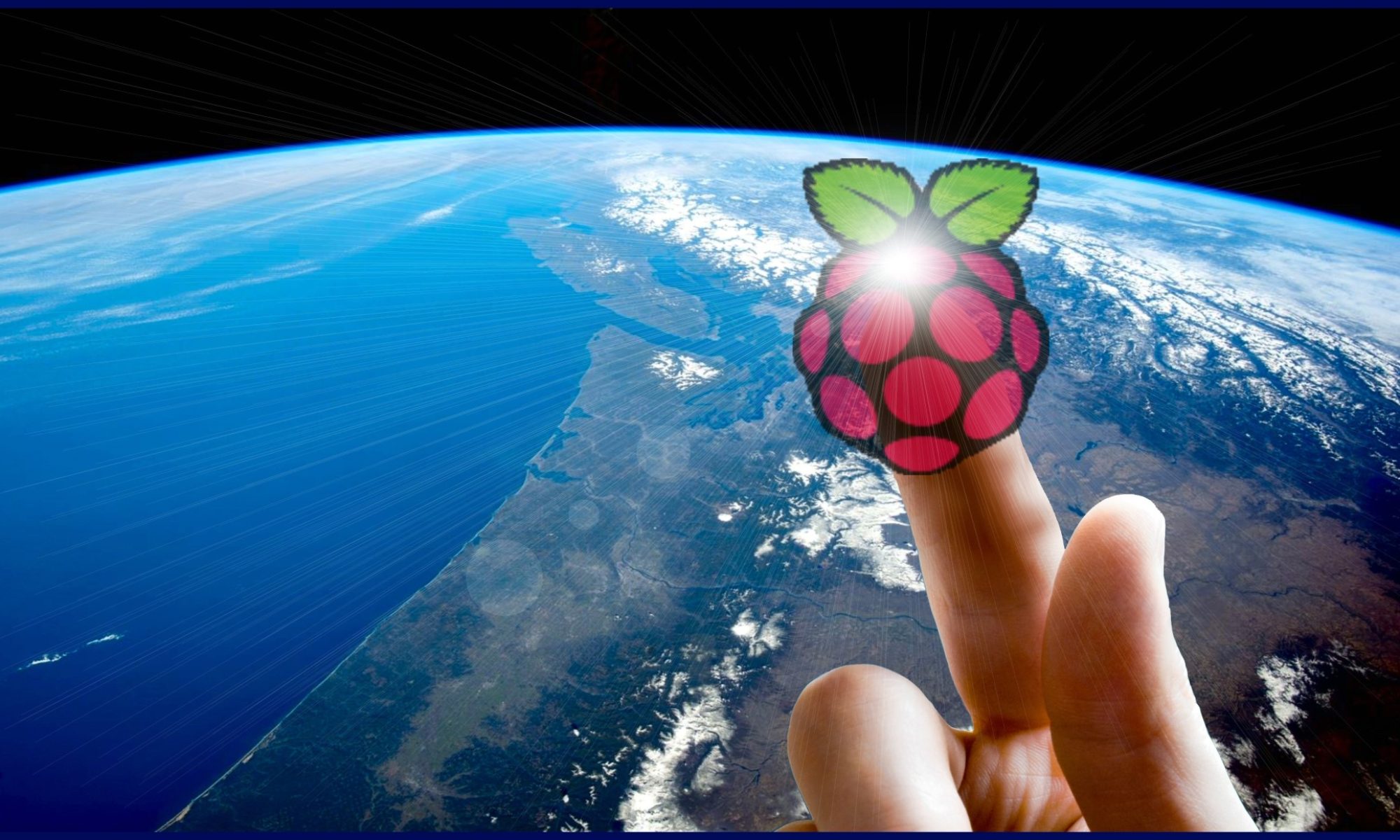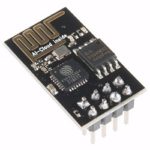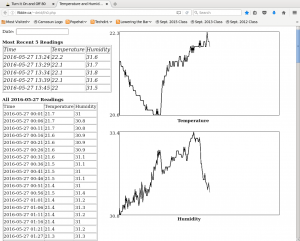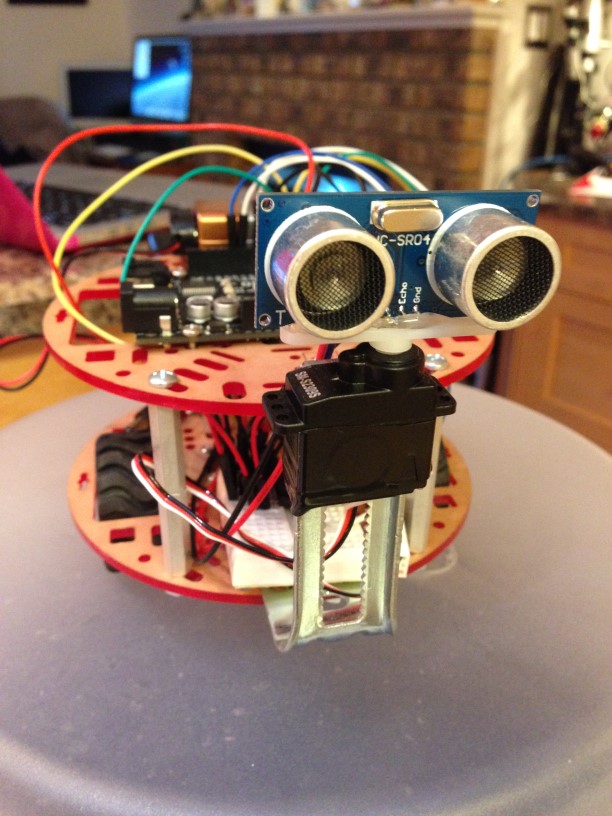

A Live Flight Data Feeder
Presented by Gordo
One of the many cool things you can do with your Raspberry Pi is to add a special $30 DVT-T USB dongle and install some software to turn your Pi into a live flight data feeder for FlightRadar24.com and FlightAware.com.
The recommended one is an ADS-B USB Dongle (R820T), which includes a small indoor antenna, but I purchased an equivalent one from Amazon at a very reasonable cost.
Among the benefits of this project are gaining free premium memberships with both sites; the ability to monitor flights overhead in real-time; and learing a bit about how to install third-party software via the command line.
In this presentation, I will give an overview of the hardare and software required and perform a quick walk-through installing the FlightRadar24.com feeder. If time permits, I will also demonstrate installing the FlightAware.com feeder.
Since these feeder stations are location-dependent, you will have to perform your own install at the place from which you’ll set up your Pi feeder and antenna.
Place: Victoria Computer Club, 85A Burnside Rd West (at Wascana), Victoria
Time: 9:30 a.m. – 12:30 p.m.
Read the full instructions here

 The VicPiMakers and Others, includes many devices besides the Raspberry Pi. At this meeting, Greg, will provide an over view of the ESP8266 is a low-cost Wi-Fi chip with full TCP/IP stack and MCU capability. He will highlight several different modules and dev boards, and the software options of Arduino code, and MIcroPython. There will also be a hands on session with the ESP devices.
The VicPiMakers and Others, includes many devices besides the Raspberry Pi. At this meeting, Greg, will provide an over view of the ESP8266 is a low-cost Wi-Fi chip with full TCP/IP stack and MCU capability. He will highlight several different modules and dev boards, and the software options of Arduino code, and MIcroPython. There will also be a hands on session with the ESP devices.



